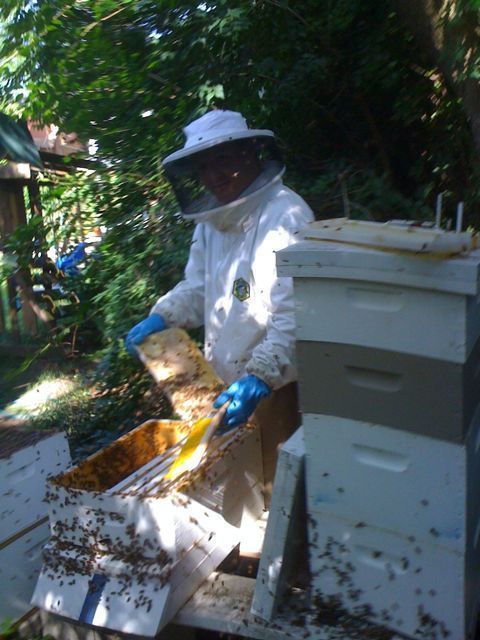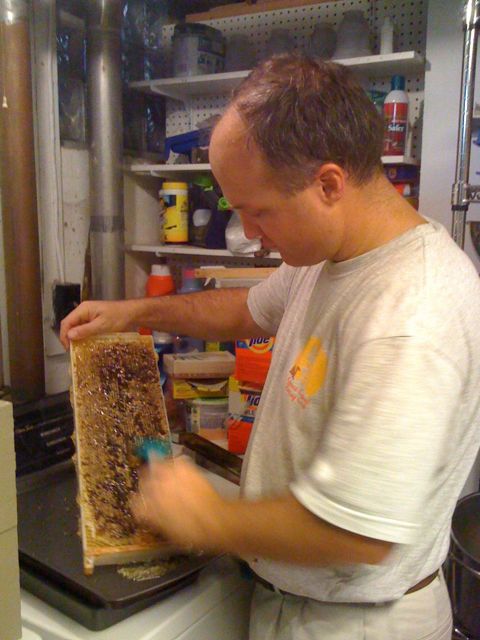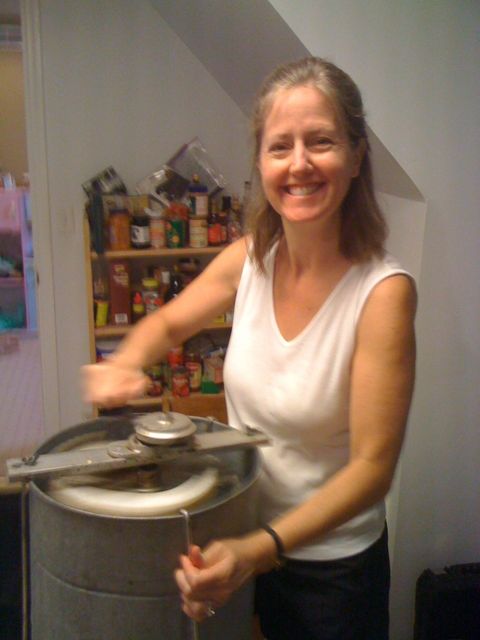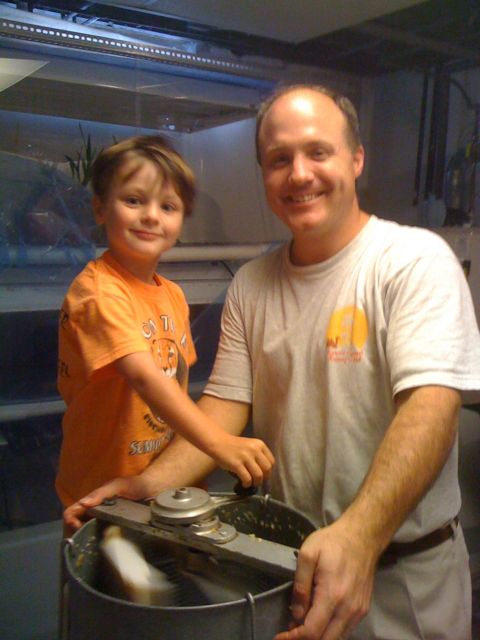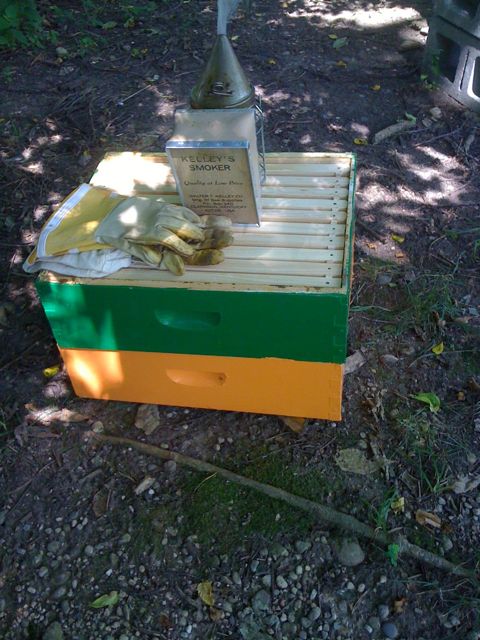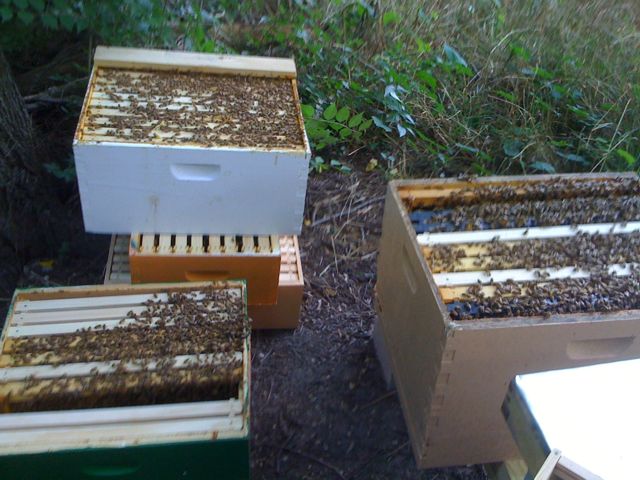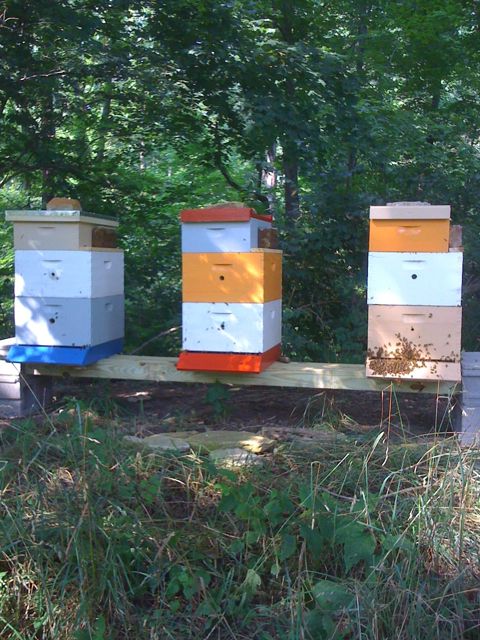This morning I’m off to the Northeast Treatment Free Beekeeping conference. (I wonder if those people in charge realize that “Treatment-Free Beekeeping” requires a hyphen because there isn’t one in their title. You can’t just throw a bunch of words together and have it make sense…unless you’re me).
I don’t know if I should pack my hat and veil and my bee-working clothes. I did pack them, but it sure would have saved some room if I’d left them out. Next year, if I go back, I’ll have a better feel for things. I’m not taking my pith helmet (which I love)…just a regular hat to keep the veil out of my face.
And apparently we move to the campfire for evening things. I’m not taking my camp chair. That would be overkill, I think…don’t you? I’ll just have to lug one out from the conference center. Or sit on a log. Which is very uncomfortable.
I’ll also take my old jean jacket. I can’t remember a trip when I haven’t taken that jacket. You see it in all the pictures.
So, I guess the next time we visit, I’ll be in Massachusetts (which is not easy to spell, but I hate the MA and Mass. abbreviations of it).



